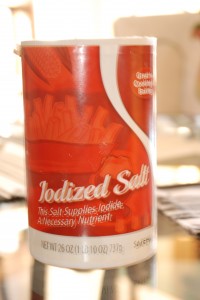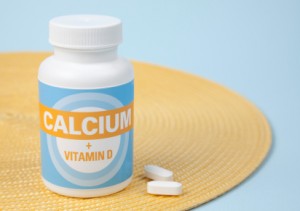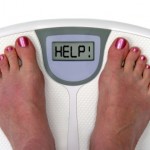I was reading an article in the Harvard's HEALTHbeat, one titled "An assault on salt?" and saw a reference to something I knew next to nothing about, umami--"the so-called fifth taste." That lead me to an April, 2010 publication crafted jointly by Harvard's Department of Nutrition and the other CIA, the Culinary Institute of America. That latter publication, "Strategies for cutting back on salt" is something I'll write about another time. In the meantime I decided to look up more about umami.
I knew about the other four tastes: sweet, sour, salty and bitter, but had only heard the term umami used in context, not what it meant or how long it's been around. Apparently sweet, sour and salty were the original three recognized tastes, then a Greek philospher, Democritus deduced, probably after eating something he didn't like, that some foods are bitter. And things stayed that way, with four basic tastes (some would add spicy and astringent) until the late ninetenth centurywhen the famous French chef Escoffier invented veal stock.
About the same time a Japanese chemist, Kikunae Ikeda, while trying a seawees soup called dashi, sensed there was another taste. He wrote that it was the component that produced the flavor of meat, seaweed and tomatoes. Eventually, in 1908, he isolated a single chemical, a glutamate and later patented MSG. He used the Japanese word for delicious as the name for this new flavor and synthesized it; perhaps adversely affecting the seaweed industry in doing so. I got some of this from an online extract I found from a book titled Bozo Sapiens: why to err is human by Michael and Ellen Kaplan. I really enjoyed the short piece I read and ordered a copy of the book.
Subsequently scientists have found a receptor for umami; these cells don't have nerve synapses to other nerves, but instead secrete a neurotransmitter, ATP, that excites the sensory fibers which convey taste stimuli to the brain.
So like salt and sugars, food chemists can add umami to fats and induce us to want more and more. David Kessler, MD, JD, the former FDA head, is quoted as saying the standard joke in the restaurant chain business is, "When in doubt, throw cheese and bacon on it." Aged cheese has umami and bacon is said to have six different kinds of umami.
We just ate daikon and beets for dinner, both from our CSA, Grant Family Farms; we'll have grapes for dessert. If umami is a road to obesity and staying away from prepared foods the road to weight control, we were on the mark tonight.








